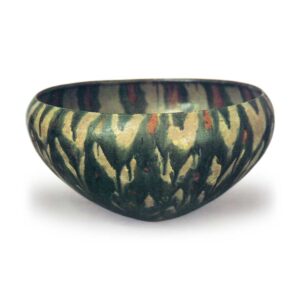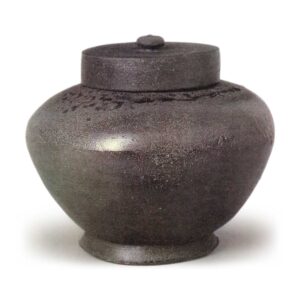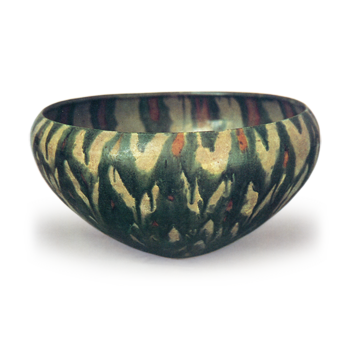

This is the most distinctive pottery of the Nara period and is lead-glazed. There are three colors: green, brown, and white; two colors: greenish white and greenish brown; and a single color: green, yellow, and white. As known from Shosoin documents, this type of glaze was applied to soft vessels by adding greenish blue (green glaze) or red clay (yellow glaze) to a base glaze similar to lead glass, which was made by adding white stone to lead-dan, a metallic lead heated by heating, and applying it to the soft vessel body. In Baekje, green-glazed single-color wares were already produced in the 6th century, and in Japan, there are examples of green-glazed wavy pattern wares excavated from Kawara-ji Temple in Nara Prefecture, which seem to date back to the 7th century. Recently, the number of sites where this type of colored glazed pottery has been excavated has increased remarkably, reaching more than 200 sites in almost all areas of Japan. Of these, 30 sites belong to the Nara period, and more than half of them are concentrated in the Kinai region. These were special products of the central Kinai region, and were used exclusively by the nobility, temples, and other upper classes. Therefore, there was no permanent production system, but rather the necessary number of items were made from time to time at government workshops for special purposes of the central government.



